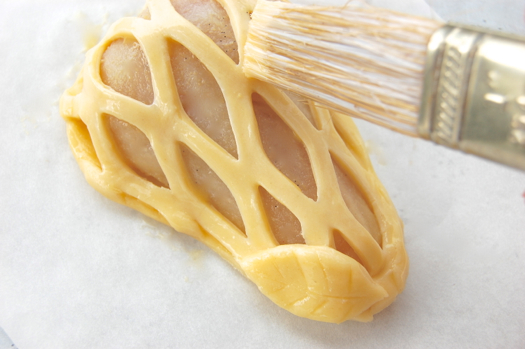That Torte
It’s made, it’s just waiting for a bit of decent weather. Esterházy torte has turned out to be a fairly challenging project from a visual production standpoint. Getting that top right while simultaneously photographing it was all but impossible. So I’m going to do a separate shoot just for the top on the same day I do my “hero shot” of the finished torte. The problem is that I take my pictures outdoors and the weather has looked like this all week:
READ ON

